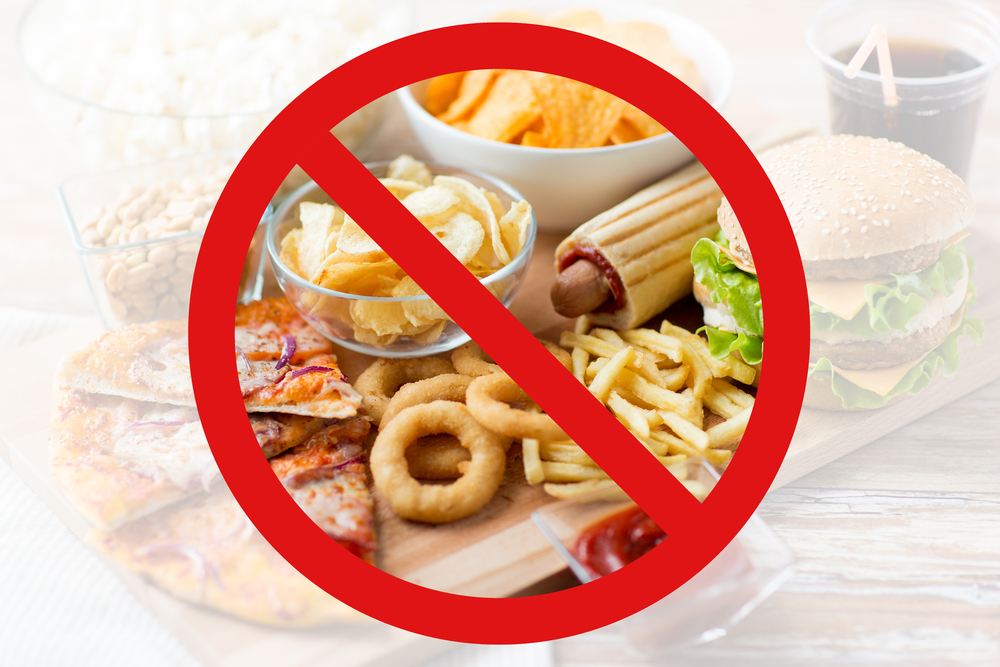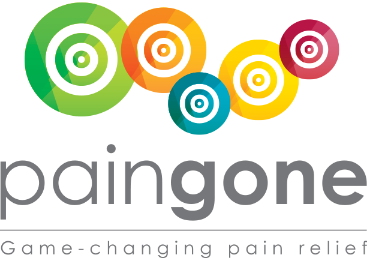
Dec 22, 2021
Paingone
Link Proven Between High Fat Diet and Neuropathy Pain
According to a research paper authored by a group at the University of Texas Health Science Center at San Antonio, a high-fat diet (typical of Western eating habits) may increase the chances of developing painful neuropathy pain often developed in patients who are obese or have diabetes. The paper, published this summer in Nature Metabolism, indicates that dietary changes can reduce or reverse pain from certain inflammatory conditions such as trauma, surgery, or arthritis. It can also minimize neuropathic pain from diabetes.
The five-year study was a collaboration between eleven co-authors from UT Health San Antonio’s departments of Biomedical Sciences, Department of Chemistry, and the Department of Neurology at the South Texas Veterans Health Care System.
“This study exemplifies team science at its best — multiple scientists and clinicians with complementary expertise working together to make lives better,” notes Kenneth M. Hargreaves, DDS, Ph.D., university professor and chair of the Department of Endodontics at UT Health San Antonio.
Results indicated that individuals on a Western diet high in Omega-6 fats (typically found in corn chips, onions rings, fast foods, cake, fatty foods, cured meats, and other oily and fried foods, contribute to higher pain levels. Switching to healthier Omega-3 fatty acids and reducing intake of unhealthy foods resulted in decreased pain and less need for analgesics.
Covid Lockdowns Had a Greater Impact on Women with Chronic Pain
Everyone suffered during the various lockdowns over the previous two years, but women with chronic pain sustained a more severe increase in pain levels than their male counterparts. They also suffered from a higher rate of depression and anxiety. The findings are part of a research study involving pain patients in Austria, Germany, and Switzerland. Researchers interviewed and tracked patients suffering from chronic pain for at least a year. Patients were asked to rate their pain on the Visual Analogue Scale and outline their activity level, pain management attempts, and emotional wellbeing.
According to Kordula Lang-Illievich, MD, Medical University of Graz, Austria, “Our research suggests that the pandemic may have exacerbated chronic pain problems and some gendered inequalities. With chronic pain affecting around 20% of the EU adult population, it is vital to understand how people living with chronic pain are being affected by the pandemic and to develop pain management interventions that clearly target women.”
“Our data clearly show that women experienced a higher aggravation of chronic pain during the first lockdown. “This is likely to reflect the disproportionate impact of lockdowns on women, especially the extra caregiving responsibilities, rise in domestic violence, and their increased vulnerability to anxiety, depression, and acute stress — all of which would be expected to impact pain symptoms.”
Childhood Cluster Headaches Take Years to Diagnose
Cluster headaches are one of the most painful forms of headache. They’re debilitating, can last for days or weeks, and can dramatically impact the quality of life. Despite increasing awareness of cluster headaches in children, most adolescents aren’t diagnosed until well into adulthood. Research at the University of Texas Health Science Center at the University of Texas Health Houston is trying to change this so that children can be appropriately diagnosed and treated sooner, eliminating years of unwanted pain.

Mark Burish, MD, Ph.D., assistant professor in the Vivian L. Smith Department of Neurosurgery with McGovern Medical School at UTHealth Houston, worked with a research team to develop and administer the Cluster Headache Questionnaire. Over 1,600 patients with cluster headaches were part of the study, recently published in the medical journal Headache: The Journal of Head and Face Pain. The study determined that pediatric-onset was found in 27.5% of those surveyed. Yet, just 15.2% of participants with pediatric-onset were diagnosed before the age of 18.
Cluster headaches are intensely painful, occurring in cycles called cluster periods following a regular schedule, with the headaches occurring at the same time each day. Episodic cluster headaches may recur periodically for a week to a year or more with breaks of three months or more between cycles. Chronic cluster headaches are daily, with no remissions or minimal remissions of less than three months.
Among the study’s findings were:
- While migraines are more prevalent in women, men are more likely to suffer from episodic cluster headaches, particularly between 10 and 50 years of age.
- Most patients with cluster headaches had other symptoms such as nasal congestion and red, weeping eyes. Other common symptoms included restlessness, light and sound intolerance, and nausea or vomiting.
- In families with a history of cluster headaches, children tend to develop them younger, suggesting a genetic component.
“I hope that this study will change the traditional thinking that cluster headache only affects adult men. Our study shows that it commonly starts in childhood and that many children go years without the correct diagnosis, presumably suffering the entire time because they don’t have the correct treatments,” explained Burish, who is also with The University of Texas MD Anderson Cancer Center UTHealth Graduate School of Biomedical Sciences.
Pain Facts: Migraine vs. Cluster Headaches: Migraine and Cluster headaches are two of the most debilitating and traumatic forms of pain known. Many people use the terms interchangeably, but they are two distinct forms of headache, each with specific characteristics.
Migraine pain is a severe, throbbing sensation on one or both sides of the head. It often begins slowly, building over a few hours. A migraine can last anywhere from 24 to 72 hours. A migraine can strike at any time.
Cluster headaches are more specific. They are only on one side of the head and are usually felt most severely around the eyes or behind them. The pain is even more severe than a migraine but usually lasts between 30 minutes and three hours. Many patients describe the pain as “feeling like someone stuck a knife in my eye.” The onset of pain is sudden and intense, reaching its peak at around 45 minutes to an hour.
Is Paingone helping your patients and your practice?
Tell us your success story.
A robust retail strategy is essential to growing your practice.
You only have so many hours a week available for appointments. The fastest way to increase your bottom line is to incorporate profitable products that generate repeat business and build your reputation as a medical professional. That’s where Paingone comes in.
Contact us below to learn more about our products, wholesale pricing and how Paingone can benefit your practice.

